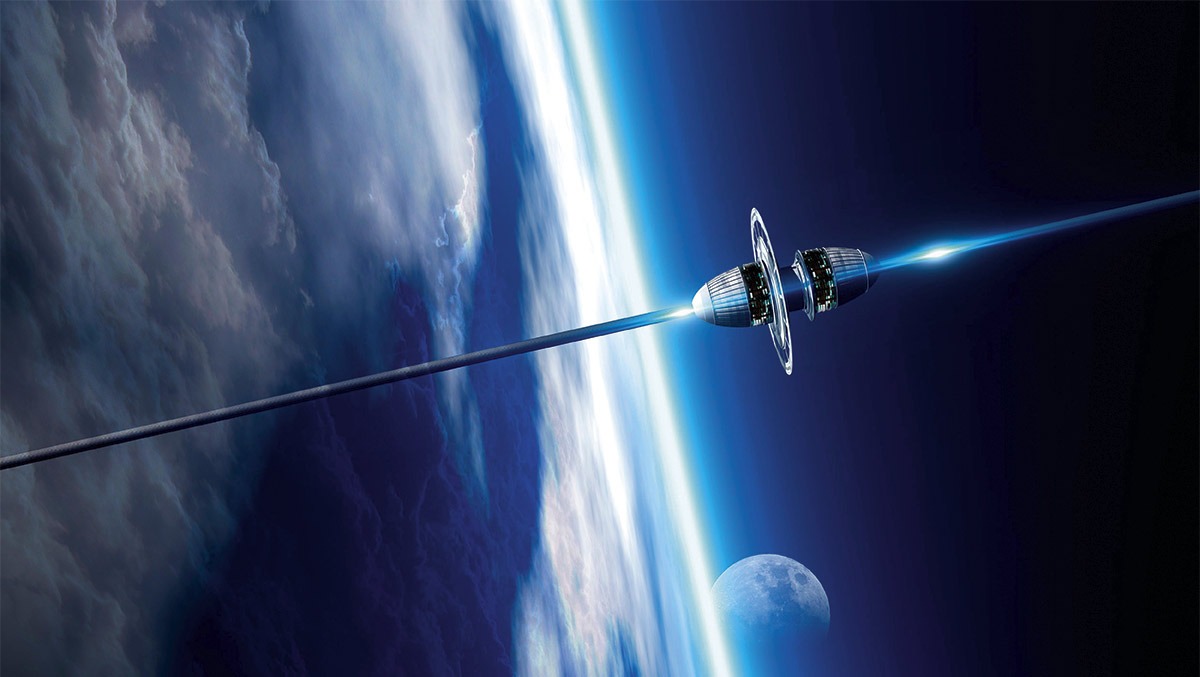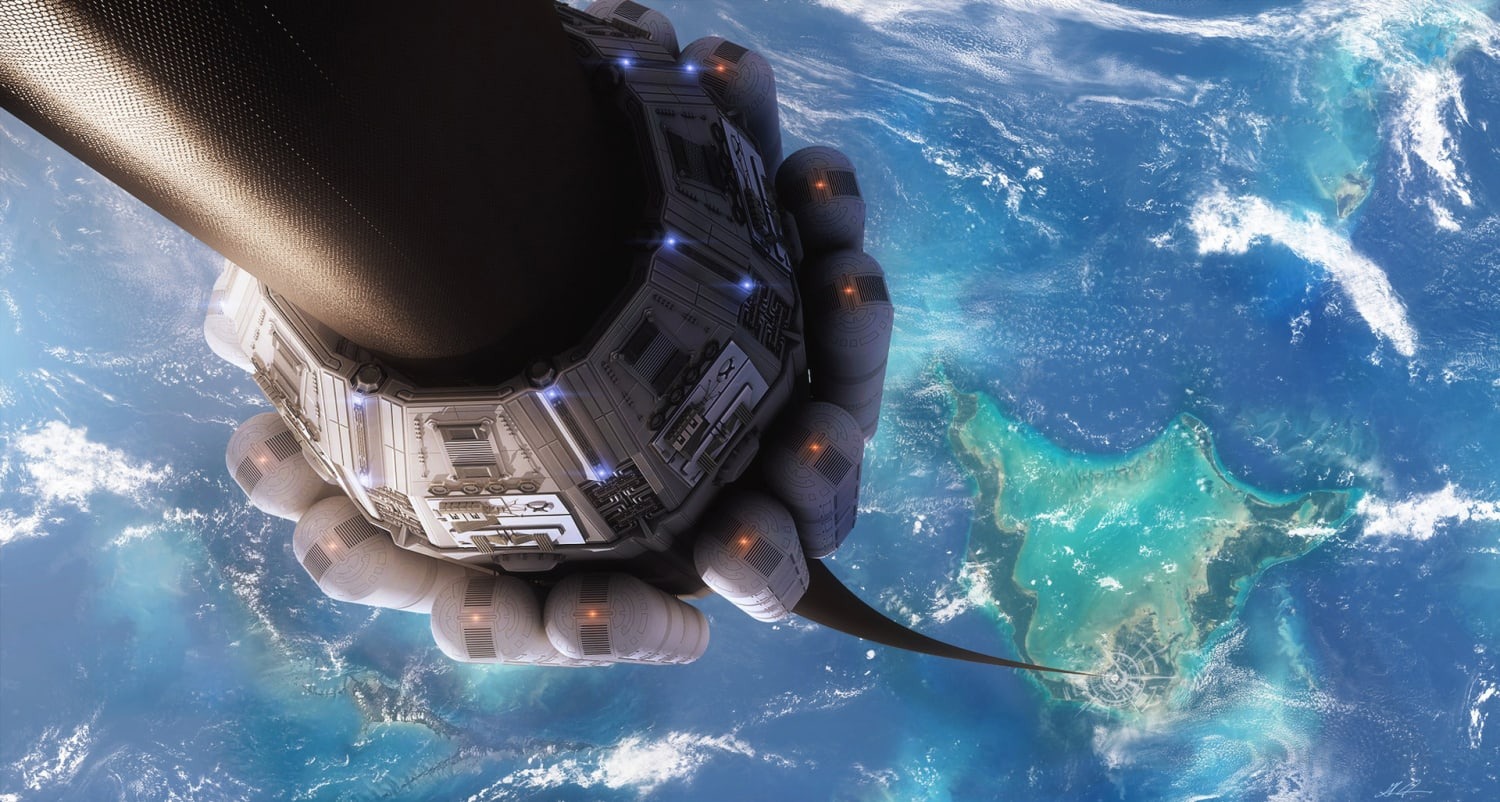The idea of a space elevator is described in many science fiction stories. Imagine a tether connecting the Earth to space, which allows you to reach near-Earth orbit almost for free — this is the basic idea of a space elevator. But in order to build such transportation, a number of very complicated problems have to be solved. However, there is hope that such a project can be realized.

Obayashi Corporation, a Japanese company known for building the Tokyo Skyscraper, announced back in 2012 its intention to build a space elevator by 2050. The $100 billion project was scheduled to begin in 2025. However, Yoji Ishikawa, the report’s author and a representative of the company’s future technology department, said that construction would likely not begin next year. The company is now engaged in research, development, preliminary design, partnership building and promotion of the project.
Crazy idea
Some experts doubt the realism of a space elevator. Christian Johnson, author of a report on space elevators, admits that the idea seems crazy, but there are scientists who support it and strive to realize it.
Launching people and cargo into space on rockets is extremely expensive. For example, NASA estimates that four missions to the Moon using the Artemis rocket will cost $4.1 billion per launch. The reason for this is the large amount of expensive fuel, which increases the overall weight and cost.
A space elevator, on the other hand, does not need rockets or fuel. Cargo could be delivered to orbit on electromagnetic vehicles called elevators. These elevators can be powered remotely, such as by solar power or microwaves, eliminating the need for on-board fuel.
Benefits of space elevator
Ishikawa notes in his report that a space elevator could reduce the cost of moving goods into space to $24 per kilogram. In comparison, SpaceX’s Falcon 9 launch costs about $552 per kg.

A space elevator has other advantages as well. According to Johnson, it has no risk of explosion, as happens with rockets. The elevators themselves, which are electrically powered, have zero emissions at all. But a space elevator can be very slow, traveling at 200 km/h. It’s slower than rockets, but it reduces vibrations, which is very useful for putting sensitive equipment into orbit.
Main problems
Nowadays, one of the biggest obstacles to building a space elevator is the choice of material for the tether. The tether must be incredibly strong to withstand the tremendous strain. Steel is not suitable because there is not enough of it on Earth for such an ambitious project. Carbon nanotubes could be a potential solution, as they are much lighter and stronger than steel. However, the current length of nanotubes is limited, the longest ones barely reaching a meter in length. But to build an elevator, the tether must be at least 40,000 kilometers long. So, the space elevator remains an ambitious dream requiring new technologies and materials.
But there are other problems. For example, a space elevator tether would be under such incredible tension that it could easily break. Weather conditions such as tornadoes, monsoons and hurricanes are also worth considering. After all, a tether can be destroyed by a routine lightning strike. And this is just a superficial list of challenges.
Considering all the risks, Obayashi Corporation is optimistic that they will be able to put the first space elevator into operation before 2050.
Earlier we reported on how American astronauts tested an elevator for the moon.
According to sciencealert.com


